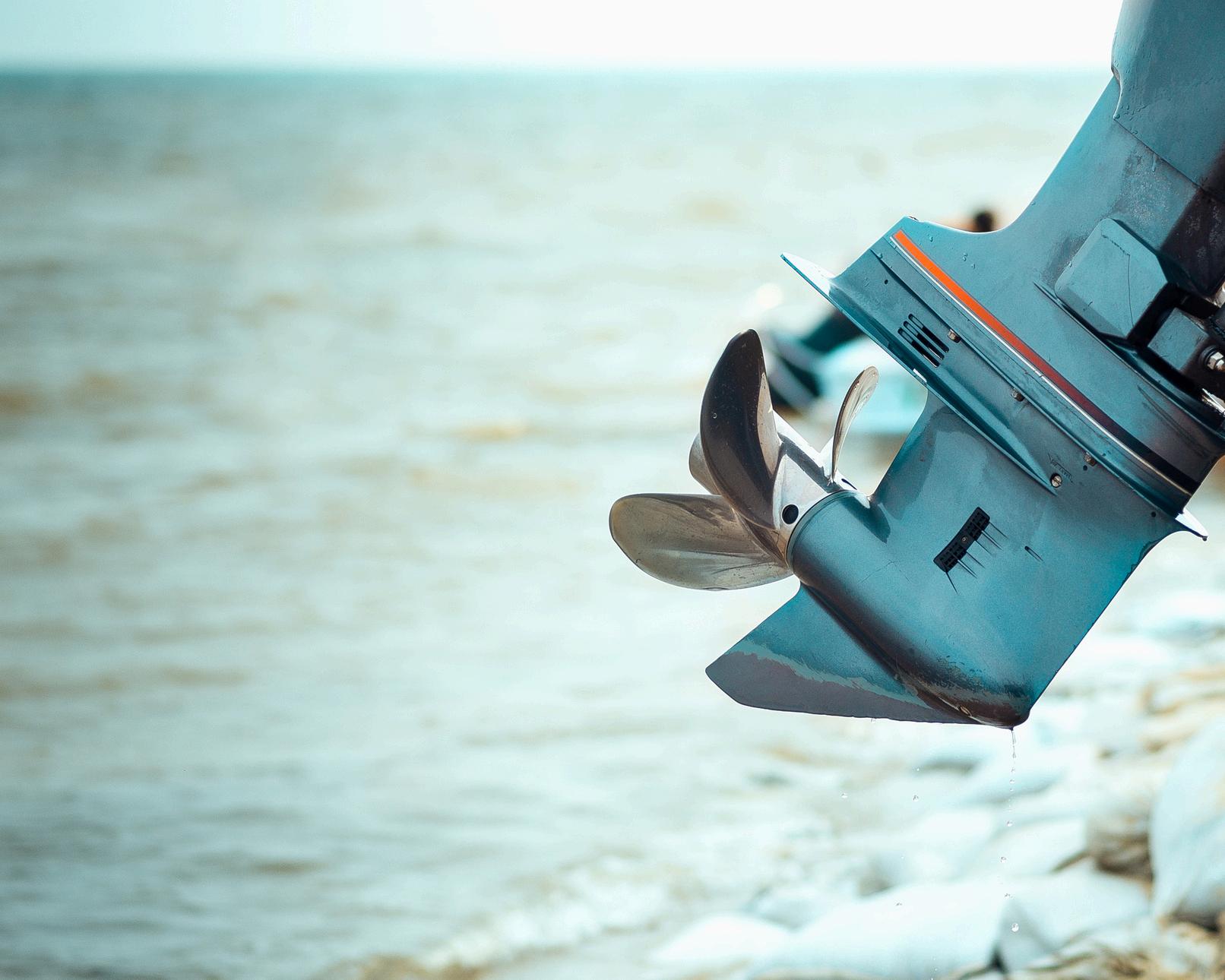
4 minute read
SHIPSHAPE
by theensign
Boating safety is priority number one
BY ROBERT A. BUCHANAN, M.D.
All over the United States, summertime is prime season for getting out on the water To me, fresh water, exciting passages and harbors with well-equipped marinas make the magnificent Great Lakes a boater’s dream but safety must be priority no matter where you boat.
The first safety basic is to wear a life jacket Newer personal flotation devices are comfortable, effective and inexpensive. Wearing a PFD marks the captain and crew as experienced mariners like a badge of wisdom. Recent U.S. Coast Guard data shows that in fatal boating accidents, 87% of drowning victims were not wearing a PFD. For more boating safety information, the best plan is to take a course through America’s Boating Club | United States Power Squadrons.
An astute captain must memorize the management of five rare but life-threatening events When these occur, no time is available to consult a manual or book.
Fire
First, don a PFD. Next, shut off all fuel and electrical sources. Then follow PASS when using the fire extinguisher:
Pull the pin.
Aim at the fire.
Squeeze the trigger.
Spray the base of the fire.
Heading into the wind may prevent the fire from spreading forward. If the fire still cannot be controlled, call “mayday” on Channel 16, which is a request for immediate help. Finally, if the fire continues out of control, jump! This is not the time for a committee meeting or discussion.

Propeller strikes
Swimming on a hot summer day can be a delight, and folks love being towed through the water. However, if the turning propeller strikes an arm or leg, bleeding from an artery will likely become uncontrollable, and even a mayday call will be too late. Preventing propeller strikes requires that the engine be shut off and the transmission locked in gear so that the propeller stops rotating. Even if an engine is stopped, a turning propeller still means danger.
Carbon monoxide poisoning
Engine exhaust blown into the cockpit or inhaled from being towed near the engine exhaust outlet can lead to carbon monoxide poisoning. Inhaled carbon monoxide binds to the hemoglobin in red blood cells so they can no longer carry oxygen. Symptoms include headache, nausea and dizziness A basic medical axiom is always worry about conditions that you can and must treat immediately The management of carbon monoxide poisoning is simple: Get fresh air as soon as carbon monoxide poisoning crosses your mind.
Hypothermia
Low body temperature results when the body loses heat faster than it produces it. Hypothermia while boating results from prolonged exposure to cold air or water immersion. Symptoms include shivering, weak pulse, dizziness and loss of consciousness.
To manage hypothermia properly, remove wet clothing and wrap the person in a warm blanket or dry clothing Brandy or hot coffee only makes matters worse. However, if the person fails to respond to warming, call “mayday” for medical help.
Man overboard
First, shout “man overboard” so everyone knows what has happened. One person must continuously point at the overboard crew member so they are not lost from sight. Next, reverse course under power; don’t try recovery under sail Throw a life ring attached to a long line as close as possible to the victim Then steer a 360degree course around the person so that they are surrounded by the life ring line, which will be drawn around them Now the person has both the life ring and the line so they can be brought back on board.
Boating is more fun when you have the confidence to know that you can handle the unexpected.
ABOUT THE AUTHOR
Robert Buchanan of Ann Arbor Sail & Power Squadron/9 has sailed offshore for years and always holds a man overboard briefing before getting underway.








